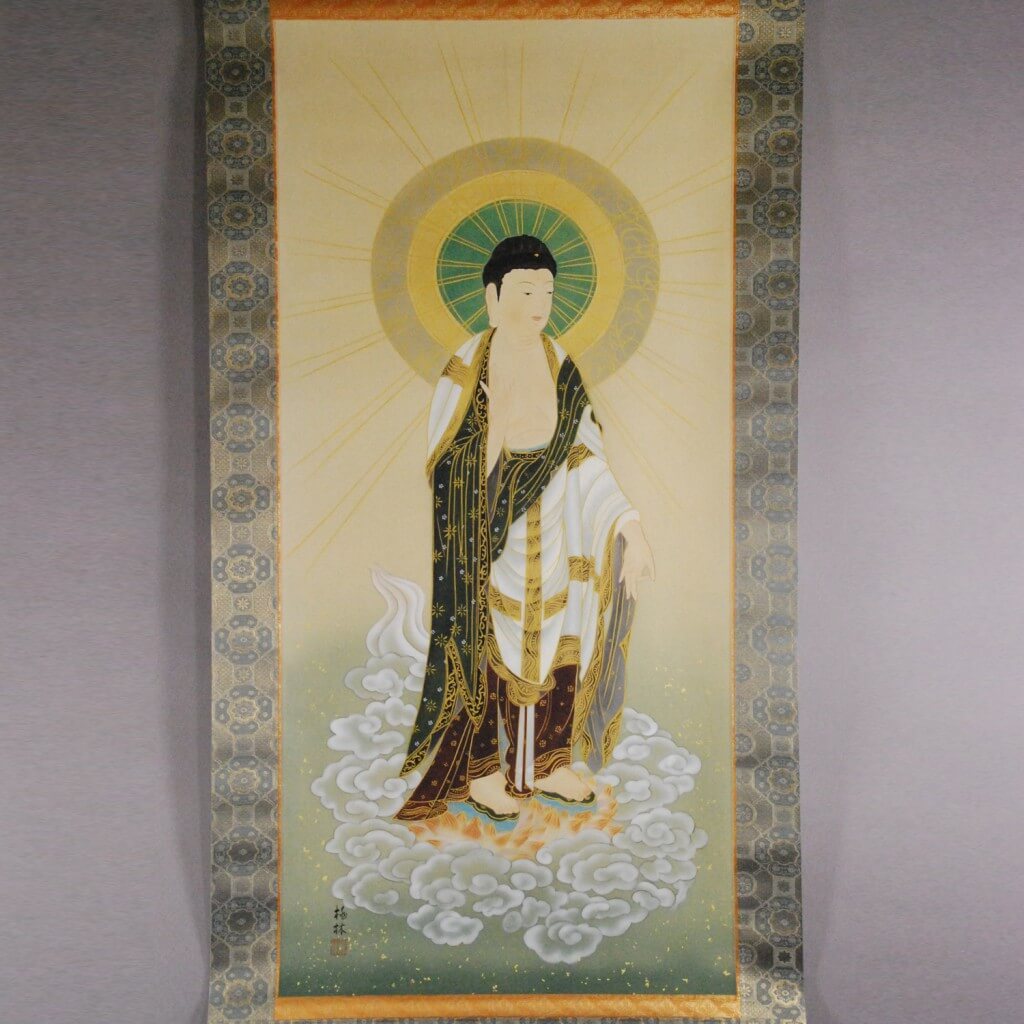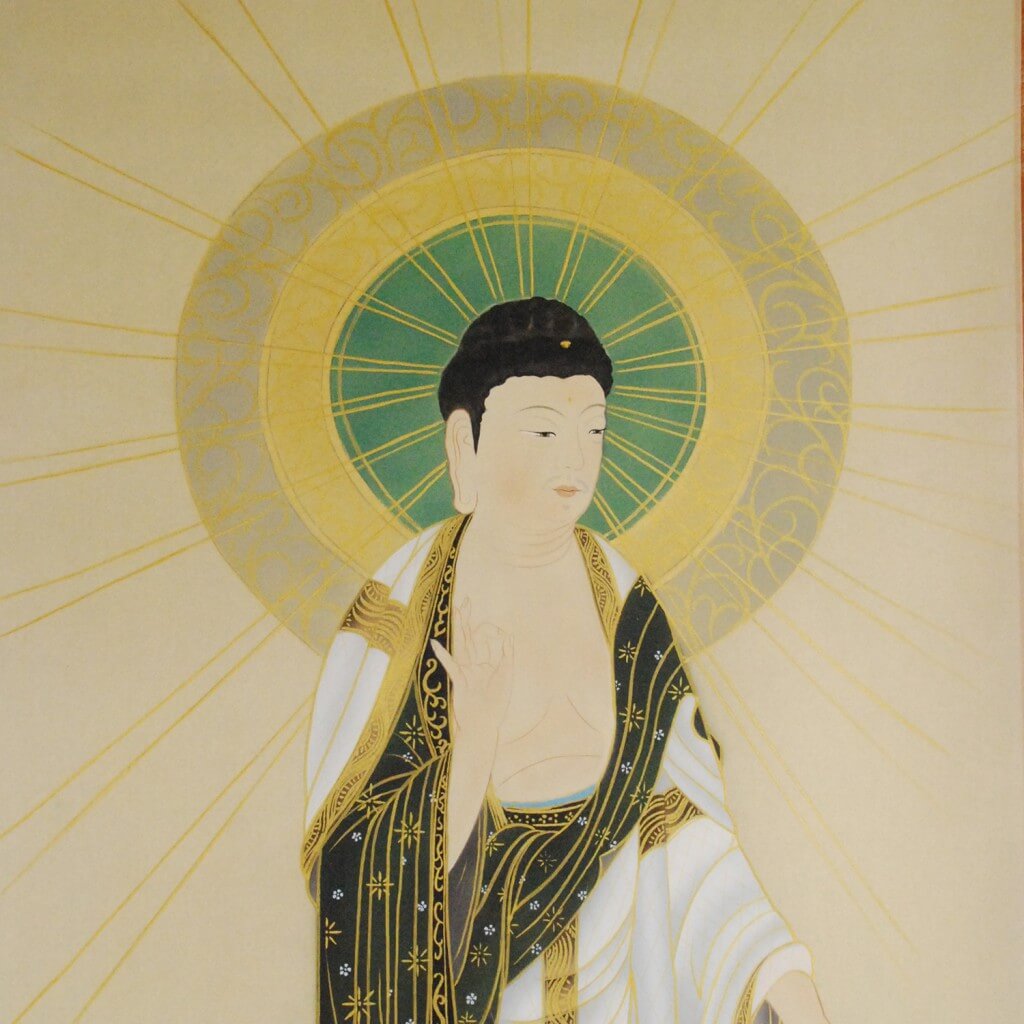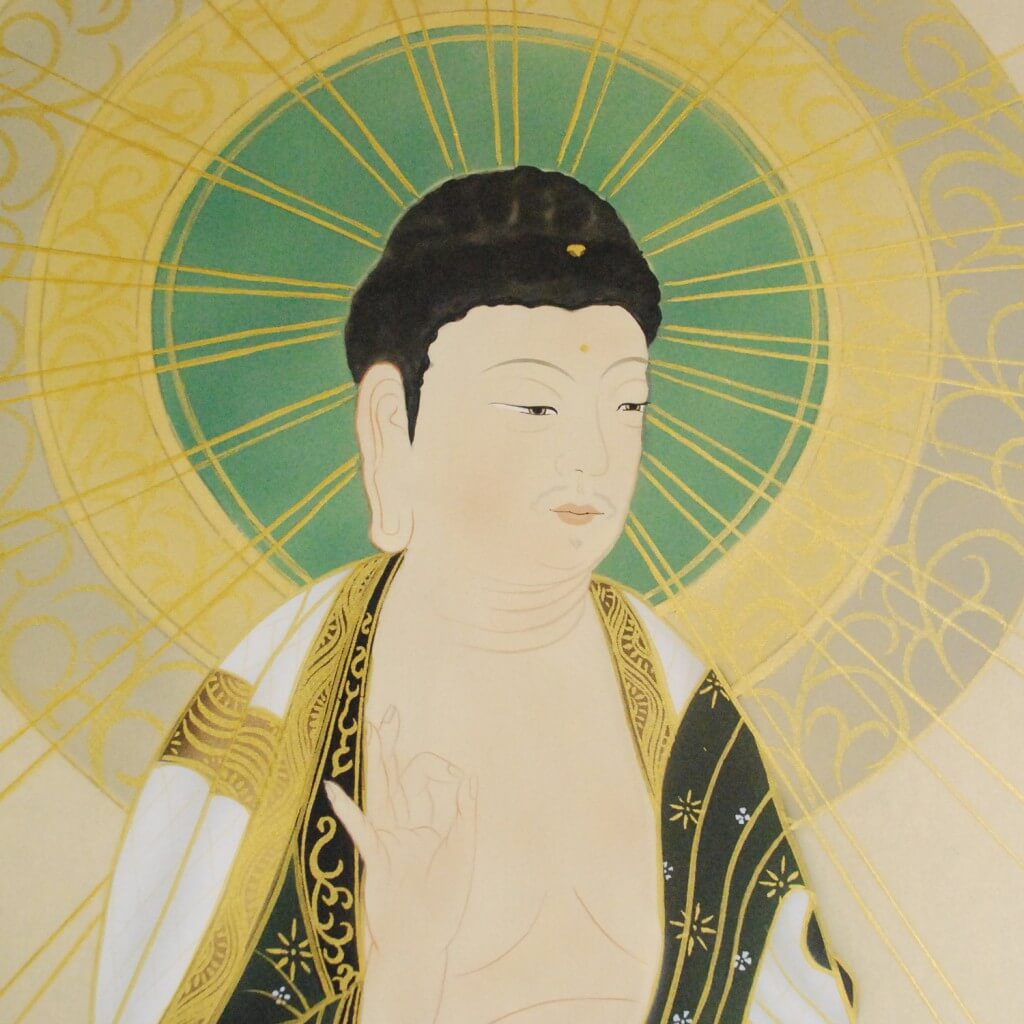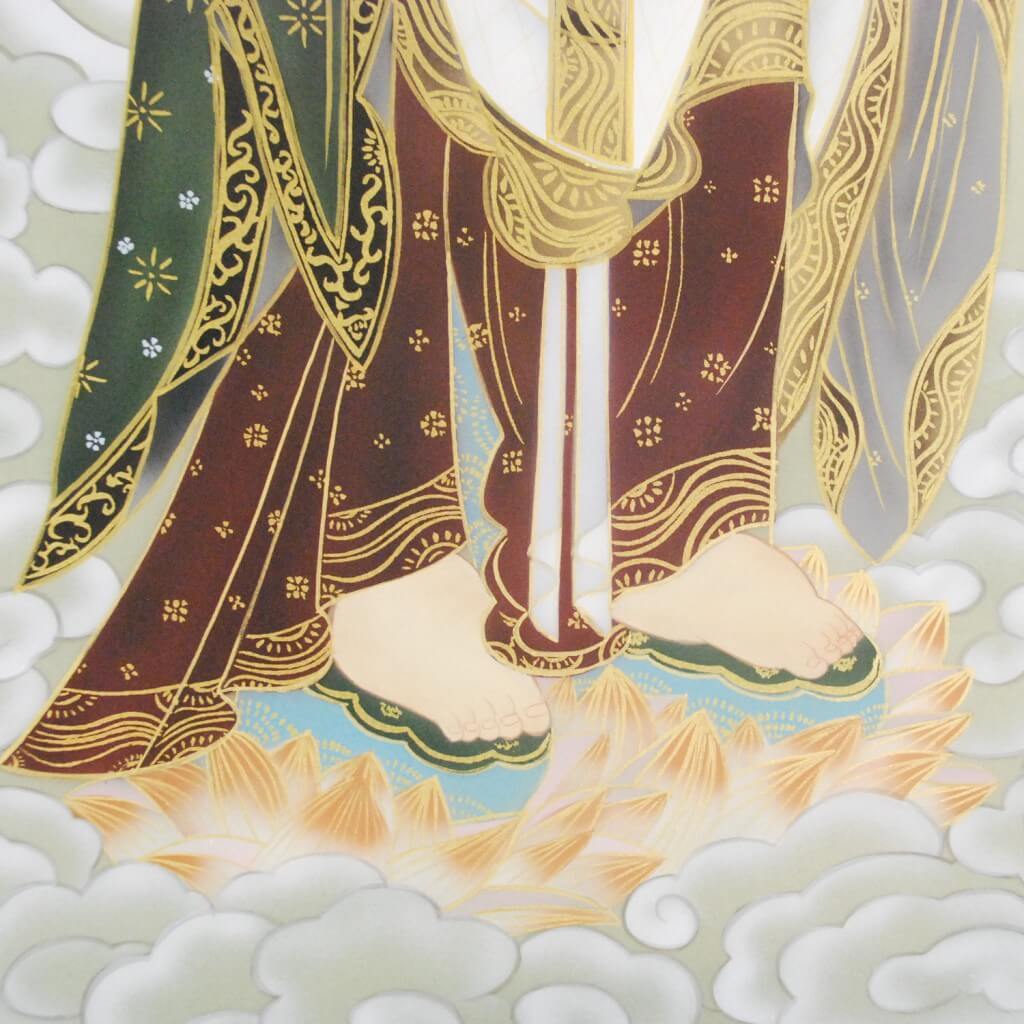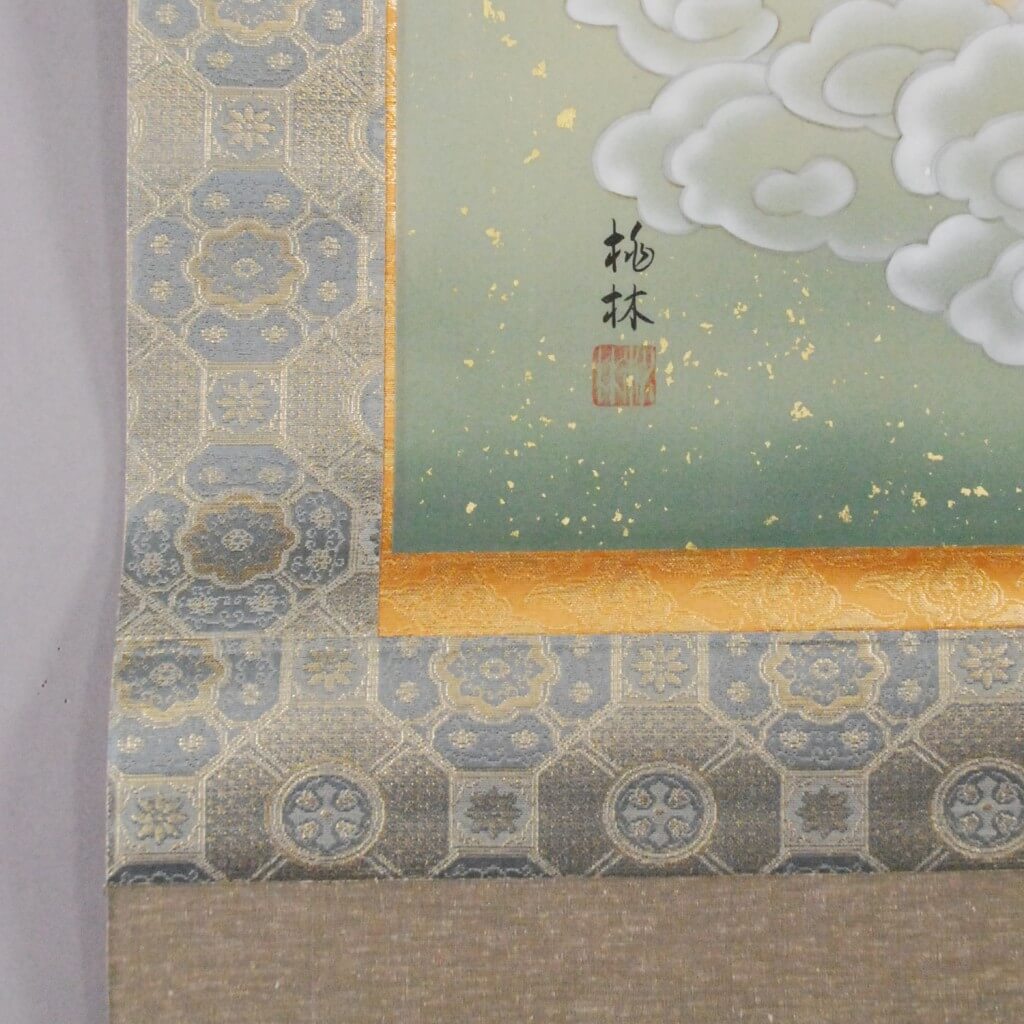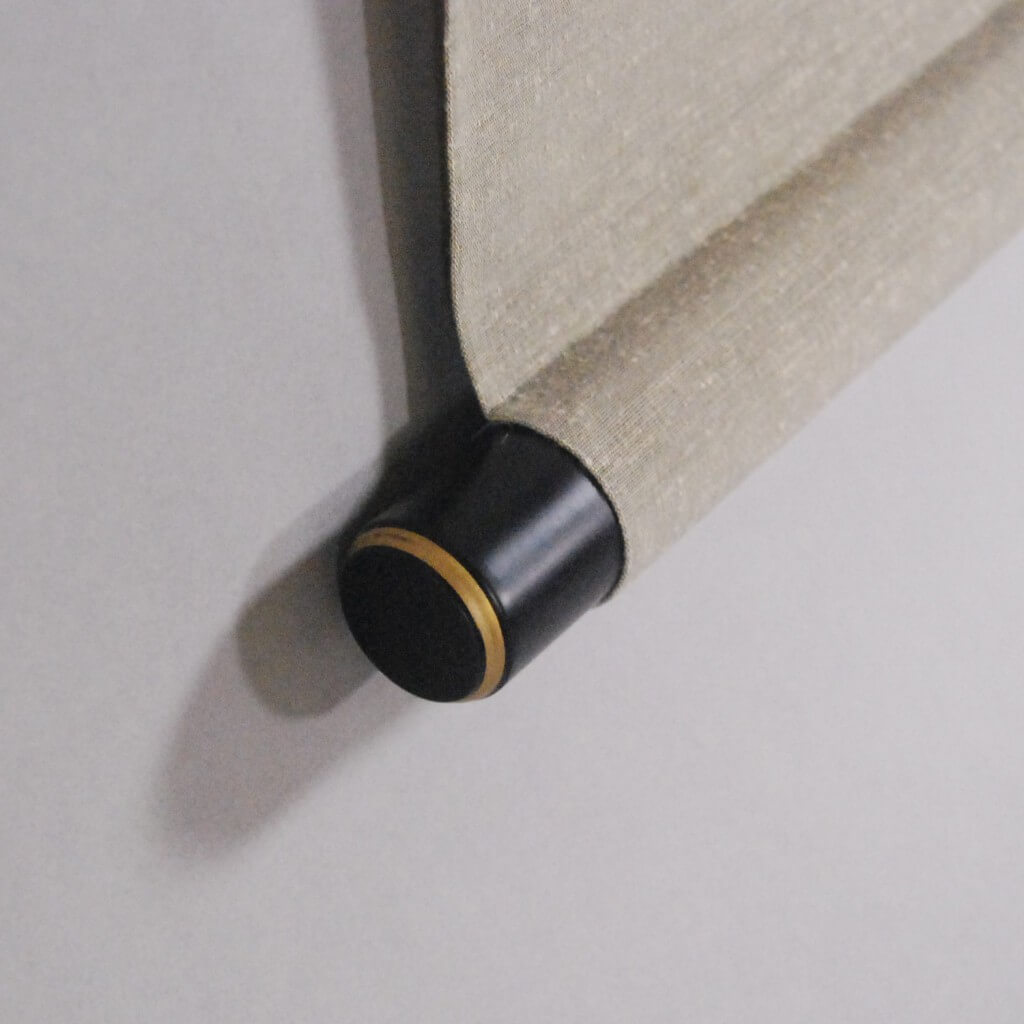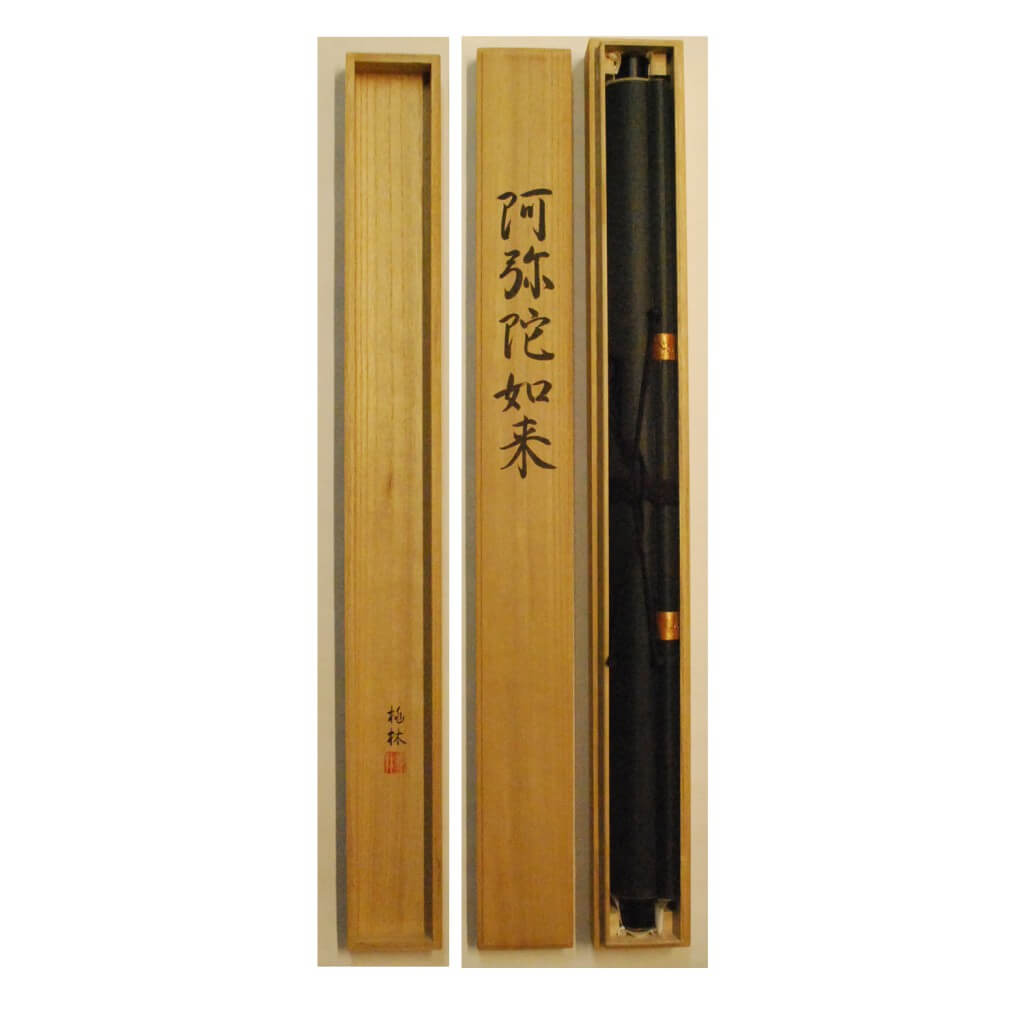Japanese People Find “Amitabha Tathagata Painting” Attractive. So Do People around the World!
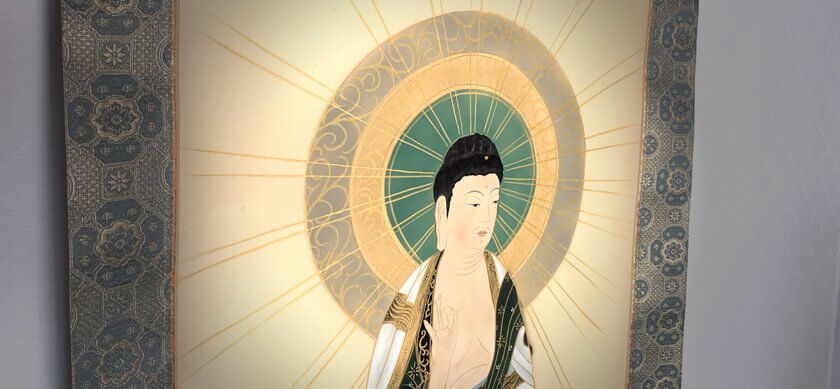
All items on our web pages (products and bargains lineup) are for sale. For items with Paypal mark, just click the mark to proceed the payment. We also welcome orders and any inquiries for hanging scrolls via contact form or e-mail. Please feel free to contact us if you need any assistance.
Order of Amitabha Tathagata Painting Kakejiku from Oregon, USA
The other day, we received an order for a hanging scroll from a gentleman living in Oregon, USA. Below is the hanging scroll the customer purchased. It is about Amitabha Tathagata.

In 985, a Tendai-sect priest called Genshin(942-1017) composed a Buddhism text “the Ōjōyōshū (往生要集, The Essentials of Rebirth in the Pure Land) ” in which Genshin expounded on Pure Land Buddhist thought and how to practice the faith. The text contributed much to the development of faith in Pure Land Buddhism in our country during the Heian era. The belief of Amitabha Tathagata that ‘if one believe in Amitabha Tathagata, he will come and guide the person to the Pure Land at the time of death’ became popular in the middle Heian era. Many Amida-do (temple hall with an enshrined image of Amitabha Tathagata) were built. Also, the statues and paintings of Amitabha Tathagata picking people up to carry them off to his Pure Land were created. This is called Amida Shoju Raigo (the Descent of Amitabha Tathagata and the Heavenly Multitude). Many of these artworks can be still seen today. The idea was based on the Amitāyurdhyāna Sūtra, which is one of the three principle Pure Land sutras along with the Infinite Life Sutra and the Amitabha Sutra. (Please refer to https://en.wikipedia.org/wiki/Amitayurdhyana_Sutra )
Until the late Heian era, depicting the Descent of Amitabha Tathagata and the Heavenly Multitude or Amitabha triad (Amitabha Tathagata and his two attendants, Avalokiteśvara and Mahāsthāmaprāpta) were the mainstream. Hōnen(1133-1212), founder of the Jōdo-shū sect of Japanese Pure Land Buddhism composed “The Senchaku Hongan Nembutsushū (選択本願念仏集)” in 1198. In the text, Hōnen introduced his opinion that The Descent of Amitabha Tathagata painting may illustrate Amitabha Tathagata himself only.
Many people were intrigued by Hōnen’s groundbreaking opinion and this led to a broader interpretation of “the Descent of Amitabha Tathagata” painting, such as ” Amitabha Tathagata Coming over the Mountain,”
Following all the information, we’d like you to take another look at the mentioned hanging scroll. It illustrates Amitabha Tathagata himself only, in accordance with the history of faith in Pure Land Buddhism. He showed up in front of his pious followers at the time of their death and is about to guide them to his Pure Land. He is wearing a dress of gold and luxurious pattern, forming a hand seal by making circles with his thumbs and forefingers which means “I have come to pick you up. Come with me.” He stands on the lotus pedestal that floats in the auspicious clouds.
The customer has kindly sent us his feedback afterward as below;
Today I received the fabulous Amitabha scroll. My wife and I love it! Thank you so much.
We are so grateful to receive such happy comments! So happy that his wife loved the scroll too. We all feel great awe for a beautifully depicted Amitabha Tathagata figure. Nationality does not really matter.
Once again, thank you very much for your purchase.

